The Best Window Installation Company Texas Has To Offer!
Windows play a crucial role in shaping the character of a home, influencing its aesthetics, comfort, and energy efficiency. As architectural designs have evolved over the years, so too have the materials and technologies used in window manufacturing. This article delves into the stark contrasts between traditional windows and the modern marvels known as energy-efficient windows, highlighting their impact on various aspects of living spaces.


Traditional Windows
To comprehend the differences, it is essential to understand the historical context of traditional windows. For centuries, windows were primarily crafted from single-pane glass, often set in wooden frames. These windows, while serving the fundamental purpose of allowing light and air into a space, were far from ideal in terms of insulation.
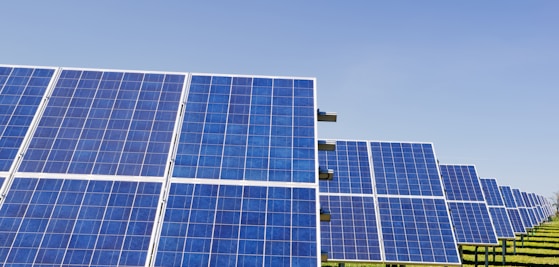
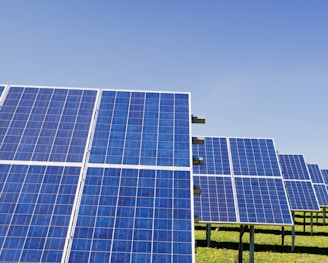
Single-Pane Glass
The hallmark of traditional windows, single-pane glass, posed significant challenges in regulating indoor temperatures. These windows offered minimal insulation, allowing heat to escape during cold weather and infiltrate interiors during hot weather. The result was a constant struggle to maintain comfortable indoor temperatures, often relying heavily on heating or cooling systems.

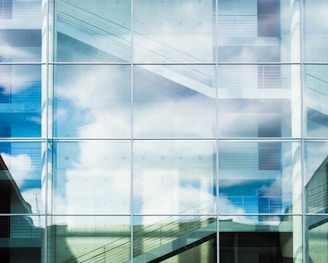
Wooden Frames
Wooden frames, though aesthetically pleasing, were prone to issues such as rotting, warping, and termite damage. The lack of effective weather sealing in traditional window frames contributed to drafts and energy inefficiency, leading to higher utility bills and reduced overall comfort.




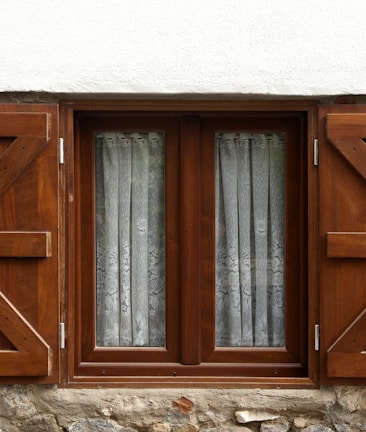
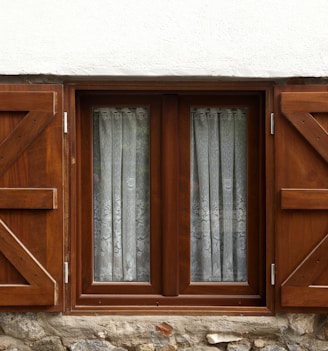
A Technological Leap
The advent of energy-efficient windows marked a transformative era in building design and construction. These windows leverage advanced materials and technologies to address the shortcomings of traditional windows, offering a range of benefits that extend beyond mere aesthetics.
Double and Triple Glazing
One of the fundamental distinctions lies in the composition of the glass. Energy-efficient windows typically feature double or triple glazing, incorporating multiple layers of glass separated by insulating spaces filled with inert gases like argon or krypton. This design significantly enhances thermal insulation, preventing heat transfer and minimizing energy loss.


Low-E Coatings
Energy-efficient windows often come equipped with Low-E (low emissivity) coatings. These thin, virtually invisible laayers are applied to the glass surface to minimize heat transfaer. Low-E coatings allow natural light to enter while blocking harmful UV rays and preventing excessive heat gain or loss, contributing to a more comfortable indoor environment.
Thermal Performance
Environmental Impact
The thermal performance of windows is a critical factor in determining energy efficiency. Traditional windows, with their single-pane glass and wooden frames, struggle to provide adequate insulation.
The environmental impact of building materials and energy consumption is an increasingly important consideration in contemporary construction. Energy-efficient windows contribute to sustainability in several ways.
U-Factor and R-Value
Energy-efficient windows are designed with a focus on U-factor and R-value, two key metrics that quantify thermal performance. The U-factor measures the rate of heat transfer through the window, with lower values indicating better insulation. Conversely, the R-value represents the window's resistance to heat flow, and higher values signify superior insulation. Energy-efficient windows consistently outperform their traditional counterparts in both U-factor and R-value, leading to reduced energy consumption and lower utility costs.


Environmental Impact
The environmental impact of building materials and energy consumption is an increasingly important consideration in contemporary construction. Energy-efficient windows contribute to sustainability in several ways.
Reduced Carbon Footprint
By minimizing the need for constant heating and cooling, energy-efficient windows play a crucial role in reducing a building's carbon footprint. Lower energy consumption translates to decreased reliance on fossil fuels, contributing to environmental conservation and mitigating the effects of climate change.


Longevity and Sustainability
Energy-efficient windows are often constructed with durable materials such as vinyl, fiberglass, or aluminum, which have longer lifespans compared to traditional wooden frames. This longevity not only reduces the frequency of window replacements but also minimizes the environmental impact associated with manufacturing and disposing of window materials.
Financial Considerations
While the initial cost of energy-efficient windows may be higher than that of traditional windows, the long-term financial benefits often outweigh the upfront investment.
Energy Cost Savings
The enhanced insulation provided by energy-efficient windows translates into significant energy cost savings over time. Homeowners can experience a noticeable reduction in heating and cooling expenses, making the initial investment in these windows a wise financial decision.
Return on Investment (ROI)
Comfort and Well-being
Studies consistently show that installing energy-efficient windows can yield a high return on investment. The increased energy efficiency contributes to the overall value of the home, making it an attractive prospect for potential buyers. Homeowners stand to recoup a significant portion of their initial investment when selling their property, further underscoring the long-term financial benefits.
Beyond the tangible benefits of energy savings and reduced environmental impact, the comfort and well-being of occupants are crucial considerations in the comparison between traditional and energy-efficient windows.
Noise Reduction
Energy-efficient windows contribute to maintaining consistent indoor temperatures, eliminating uncomfortable drafts and temperature variations. This not only enhances the overall comfort of living spaces but also promotes a healthier and more enjoyable home environment.


Consistent Indoor Temperatures
Modern energy-efficient windows often come with additional features, such as laminated glass or multiple layers, that provide effective noise reduction. This is particularly beneficial for homes located in busy urban areas or near noisy streets, offering occupants a peaceful and quiet living space.
Condensation Control
Condensation can be a persistent issue with traditional windows, leading to problems like mold growth and damage to window sills. Energy-efficient windows, with their advanced design and materials, are better equipped to control condensation. This not only protects the structural integrity of the windows but also contributes to the overall health and longevity of the home.
In conclusion, the differences between traditional windows and energy-efficient windows extend beyond mere aesthetics. The shift from single-pane glass and wooden frames to double or triple glazing, low-E coatings, and advanced materials represents a leap in technological innovation with far-reaching implications. Energy-efficient windows not only contribute to reduced energy consumption, lower utility bills, and environmental sustainability but also enhance the comfort, well-being, and financial value of homes.
As the world continues to prioritize sustainable practices and energy efficiency, the adoption of energy-efficient windows becomes increasingly pivotal in shaping the future of residential and commercial architecture. The evolution from traditional to energy-efficient windows signifies not just a change in design trends but a fundamental shift toward creating spaces that are environmentally responsible, economically viable, and conducive to the well-being of their inhabitants.
Address
Proudly Serving the Lone Star State!
Call Today or Fill Out A Form For A Free Quote!
This site is a free referral service to assist homeowners in connecting with local service contractors. All contractors are independent and this site does not warrant or guarantee any work performed. It is the responsibility of the homeowner to verify that the hired contractor furnishes the necessary license and insurance required for the work being performed. Some reviews listed either on this website or on 3rd party listings are paid reviews or posted by associates of the company. All persons depicted in a photo or video are actors or models and not contractors listed on this site.
Houston, San Antonio, Dallas, Austin, Fort Worth, El Paso, Arlington, Corpus Christi, Plano, Lubbock, Laredo, Irving, Garland, Frisco, McKinney, Amarillo, Killeen, Denton, Mesquite City, Pasadena, McAllen, Waco, Midland, Carrollton, Abilene, Pearland, Round Rock, College Station, The Woodlands, League City, Odessa, Beaumont, Allen, Sugar Land, Tyler, New Braunfels, Wichita Falls, Conroe, San Angelo
